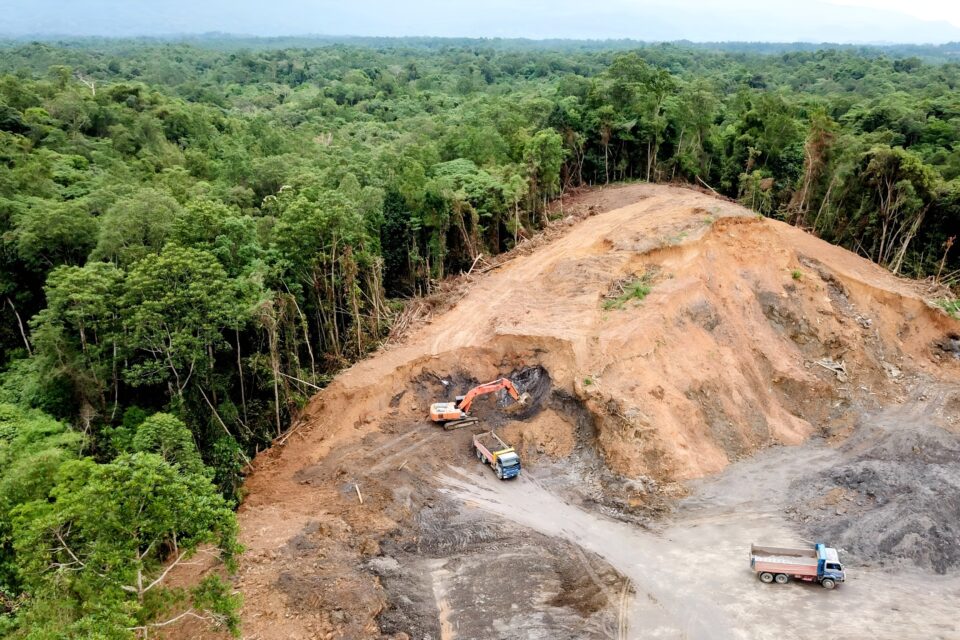A new study of the Brazilian Amazon that shows agricultural businesses would be among the biggest beneficiaries of forest conservation has found that deforestation has a far greater impact on regional temperatures than previously believed.
Findings show that the research has important political implications because farmers in Amazonian states have, until now, led the way in forest destruction on the assumption that they will make money by clearing more land.
Among other things, the new research highlights the other side of the picture. Also, it shows the agricultural heartland of Mato Grosso, where crops are already suffering from drought and extreme heat, would be just over half a degree celsius hotter by 2050 if deforestation continued at the rapid rate of recent years.
Published on Monday in the Proceedings of the National Academy of Sciences, the report demonstrated Amazon deforestation causes warming at distances up to 60 miles (100km) away. The greater the forest clearance, the higher the temperature. This is in addition to the wider climate impact of global heating.
Dominick Spracklen of the University of Leeds said that the average tree had a cooling effect equivalent to two to three 2.5kW air conditioners working at full power every hour of every day. This works through evapotranspiration, which he said was very similar to the sweat humans produce to lower body temperature. He said the effect spread wider than anyone had realised.
Read also: Scientists say carbon emissions budget is now tiny
“We always thought this might be happening, but the extent is bigger than I would have thought,” he said. “More and more, we are demonstrating the big benefits the forests bring to surrounding regions. For farmers, they bring cooler air and more rainfall. Hopefully putting numbers on these benefits will help to persuade a broader set of people to protect forest areas.”
An increasing number of peer-reviewed studies continue to prove the importance of the Amazon in maintaining a stable regional climate. Recall that earlier this year, a paper showed that forest clearance reduced rainfall up to 125 miles away.
More recently, research at a greater scale demonstrated that the Amazon was coupled with the South American monsoon and that continued deforestation could reduce regional precipitation by 30% with dire consequences for food production.
Till now, studies on the impact of forest clearance on heat have concentrated on local effects with a clear correlation between loss of tree cover and higher temperatures in the area where the trees were cut down.
Story was adapted from the Guardian.
